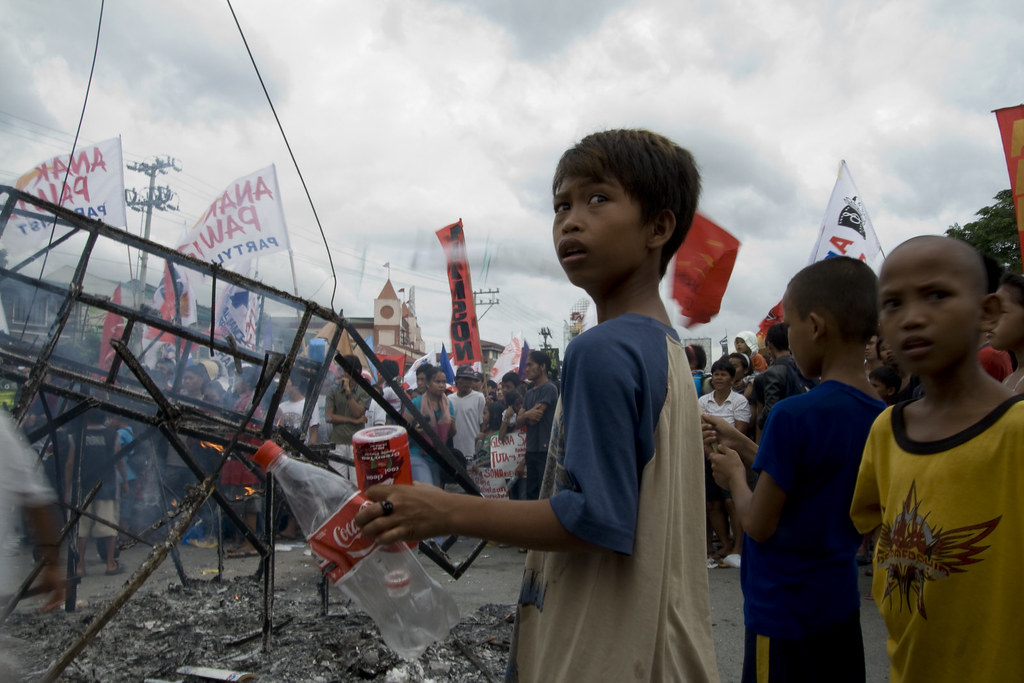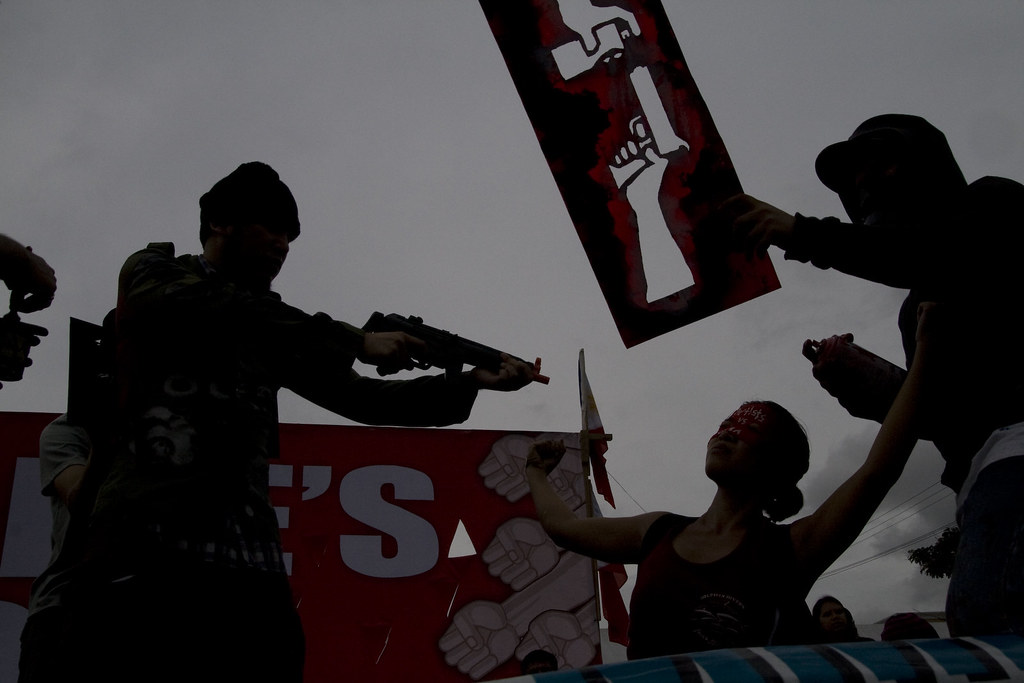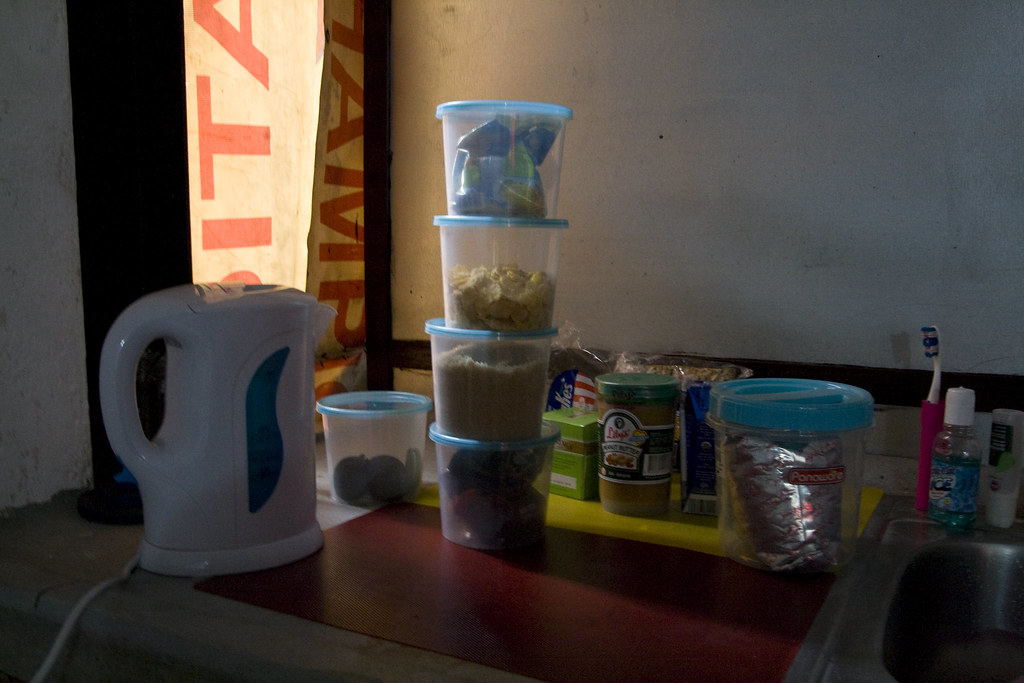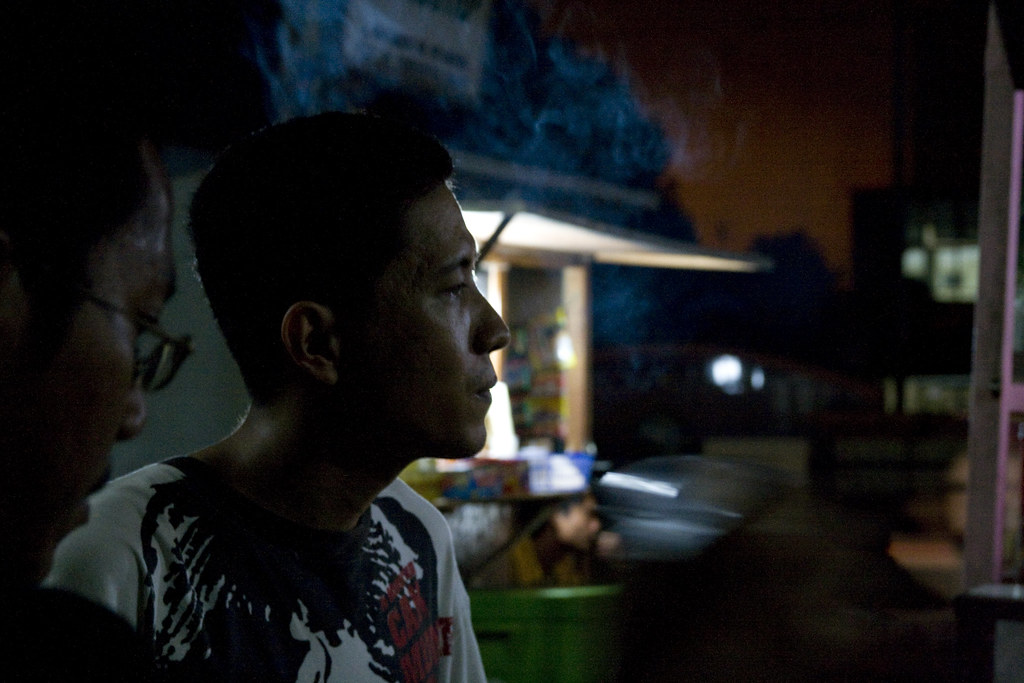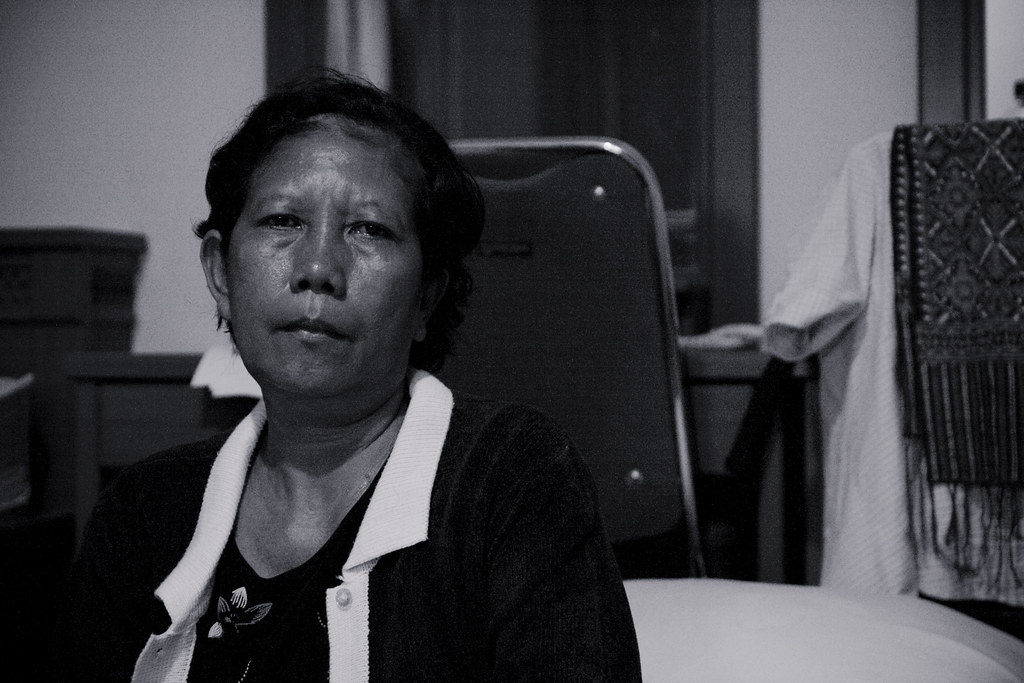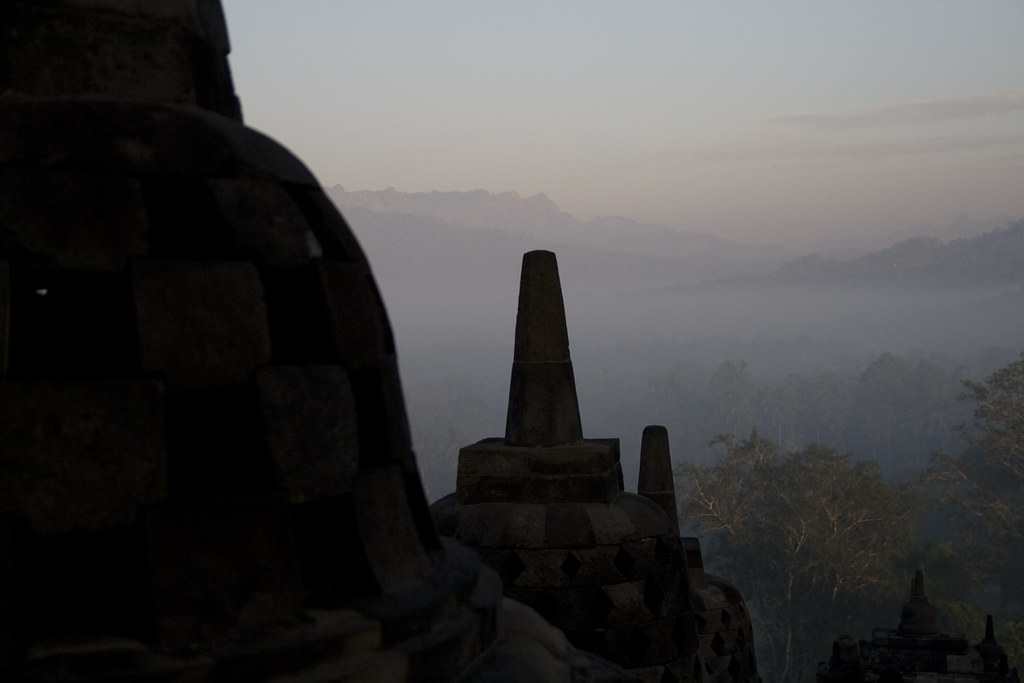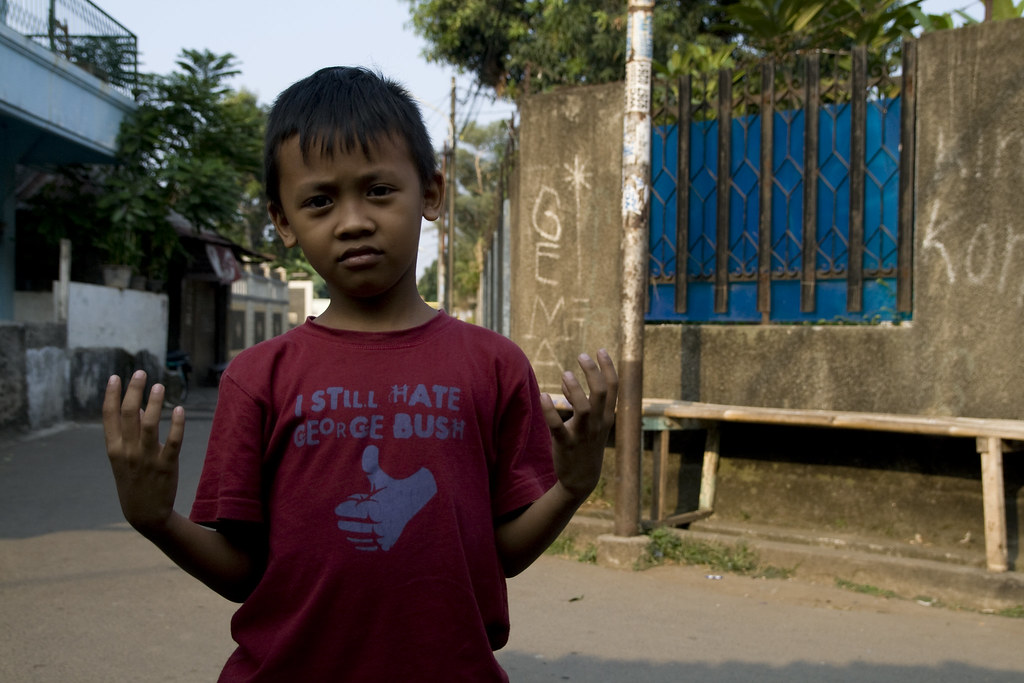A full-text of Arroyo's speech can be found here. There's some debate about whether or not she actually believes the rosy statistics she quotes. I'll leave that to the psychoanalysts.
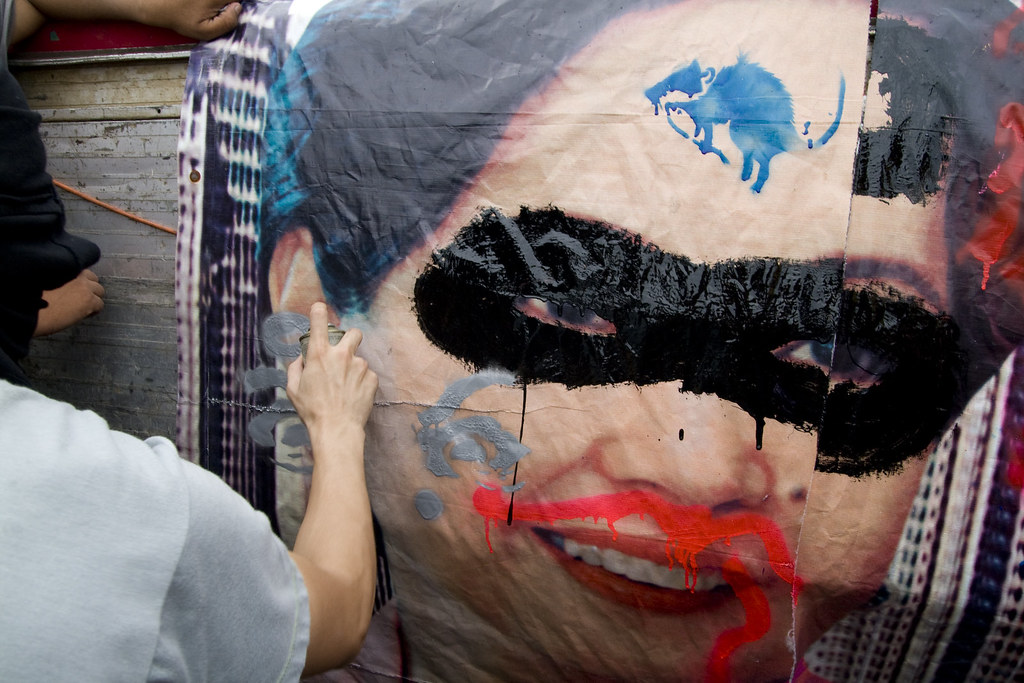
I'd love to see an in-depth analysis of which subjects she chooses to speak about in Tagalog, and which in English. She seems to confine the folksiest parts, about her great concern for various types of poor people to Tagalog, while using English to talk about policy.
As far as the protests, it's hard to know what to say. Clearly, people are angry. But not angry enough to stand together. The rally was actually composed of two parts: an RA section and an RJ section, with a fence and a police line between them.

(For those unfamiliar with the byzantine twists and turns of the history of the Philippine left, I'd reccomend Alecks Pabico's article "The Great Left Divide" . But to make a long story short, RA 's are those who ReAffirm Marxist-Leninist(Stalinist)-Maoist principles as defined by the Communist Party of the Philippines -- including protracted people's war --and RJs are those who ReJected them in favor of a wide variety of political stances ranging from orthodox Leninism, Trotskyism, Social Democracy, etc. This debate split the left in 1992, and to put it mildly, the two factions don't get along with each other.)
So far as I could tell, there was no conflict between the two groups yesterday, and it was possible to move from one section to another, but there were two competing speakers on two competing stages, talking about the same issues but each with their own constellation of supporters and party flags and banners around them.
It can be very hard to see any way forward.
